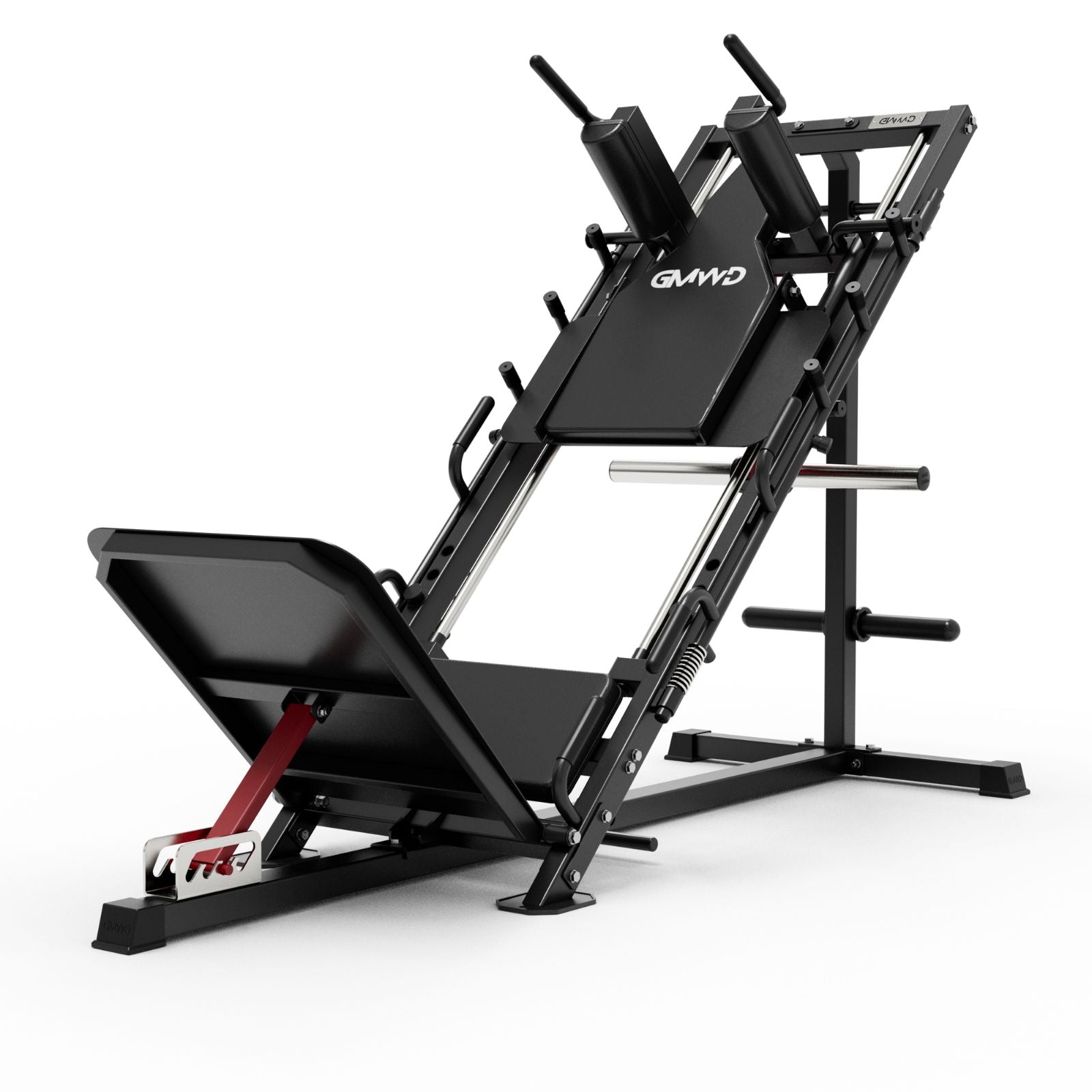When it comes to building a strong, muscular back, the Yates row and the barbell row are two of the most popular exercises. Both exercises target the upper and middle back muscles, but they differ in technique, muscle engagement, and the overall impact on your workout routine. In this article, we’ll break down the key differences between the Yates row vs barbell row, helping you decide which one suits your fitness goals better.
What is the Yates Row?
The Yates row, named after professional bodybuilder Dorian Yates, is a variation of the barbell row. It is a horizontal rowing movement that primarily targets the latissimus dorsi, rhomboids, and traps. What sets the Yates row apart is the body angle and grip used during the exercise. In a typical Yates row, you adopt a more upright stance—your torso is tilted at about a 45-degree angle to the floor, and you use an underhand (supine) grip to pull the barbell towards your lower chest.
Key Benefits of the Yates Row:
- Reduced lower back strain: The slightly more upright posture reduces stress on the lower back compared to the traditional barbell row.
- Better lat engagement: The supine grip and torso angle encourage greater activation of the lats.
- Focus on middle back: The Yates row emphasizes the traps and rhomboids due to the pulling motion from a more upright position.
What is the Barbell Row?
The barbell row is a classic compound movement that targets the back, shoulders, and arms. It’s performed by hinging at the hips and pulling a barbell towards your torso while keeping your back flat and core engaged. The standard barbell row typically uses an overhand (pronated) grip, although variations like the underhand or neutral grip can also be used. This exercise is known for building strength and mass in the upper and middle back.
Key Benefits of the Barbell Row:
- Full-body engagement: The bent-over position requires more stability from the core and lower back, engaging more muscles than the Yates row.
- Improved posture and strength: The movement helps improve overall strength and posture, particularly by building the lower back, glutes, and hamstrings.
- Versatility: The barbell row can be adjusted to different angles, grips, and rep schemes, allowing you to target various parts of the back and arms.
Yates Row vs Barbell Row: A Comparison
1. Form and Technique
The Yates row features a more upright posture compared to the barbell row, which requires a lower, more horizontal body angle. The barbell row demands stricter control over your torso position, with a focus on maintaining a neutral spine to prevent lower back injury. On the other hand, the Yates row’s slightly more vertical position allows for a bit of natural leaning, reducing the load on the lower back.
2. Grip and Hand Position
In the Yates row, the underhand grip (supine) allows for a greater emphasis on the lats and biceps, whereas the barbell row typically uses an overhand grip (pronated), which engages the traps and upper back more. The grip variation plays a significant role in determining which muscles are being targeted and to what degree.
3. Muscle Activation
Both exercises engage the back muscles, but the focus differs. The Yates row tends to emphasize the middle back muscles such as the rhomboids and traps, as well as the lats, due to the angle and grip. The barbell row, while still targeting the lats, also activates the lower back, hamstrings, and glutes more intensely, thanks to the bent-over stance.
4. Injury Prevention
The Yates row, with its slightly more upright torso position, may place less strain on the lower back, making it a safer option for individuals with lower back issues. The barbell row, however, when performed incorrectly, can put more stress on the lumbar spine, increasing the risk of injury.
5. Effectiveness for Strength and Hypertrophy
Both exercises can contribute to significant strength and hypertrophy gains. The Yates row is particularly effective for targeting the upper and middle back and may be a better choice for individuals focusing on building back thickness. The barbell row, with its full-body engagement and greater lower back involvement, is great for overall strength development.
Which Exercise Should You Choose?
-
If you're focused on building upper and middle back thickness: The Yates row is your best bet. Its underhand grip and upright posture allow for better isolation of the lats, traps, and rhomboids.
-
If you want a more comprehensive back workout: The barbell row is ideal. It targets the entire posterior chain, from your glutes to your traps, and can be a more functional movement for overall strength.
-
If you have lower back concerns: The Yates row is often recommended due to its reduced strain on the lower back. If you're new to rowing exercises or want a lower-risk option, start with the Yates row.
-
For a balanced back routine: Incorporating both exercises into your program can be highly effective. By alternating between Yates rows and barbell rows, you can target different parts of the back and build both thickness and strength.
Conclusion
The choice between the Yates row vs barbell row ultimately depends on your fitness goals, preferences, and any pre-existing injuries or limitations. Both exercises are excellent for building a strong, well-rounded back, but they do so in slightly different ways. The Yates row focuses on isolating the upper back with a safer, more controlled movement, while the barbell row offers a full-body engagement that strengthens both the back and core.
By understanding the unique benefits of each row variation, you can tailor your workout routine to achieve the best possible results for your back development.










































Leave a comment
This site is protected by hCaptcha and the hCaptcha Privacy Policy and Terms of Service apply.